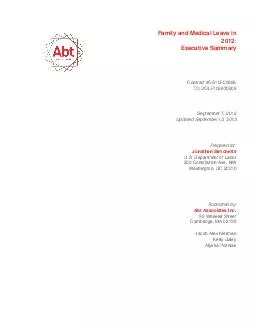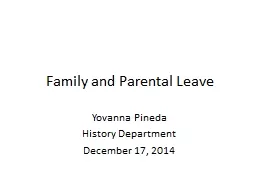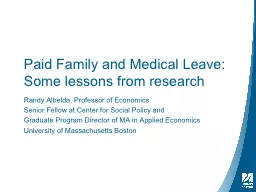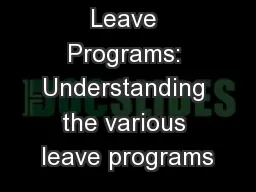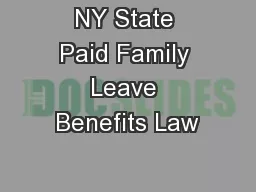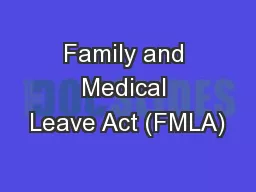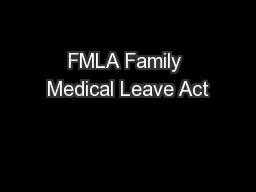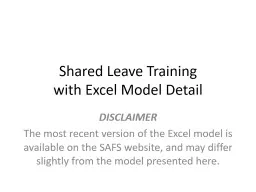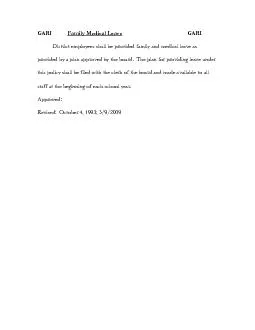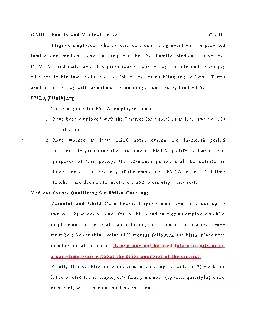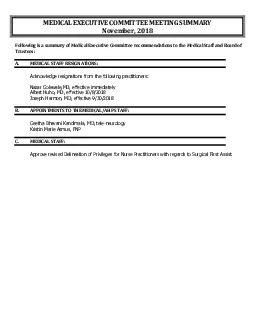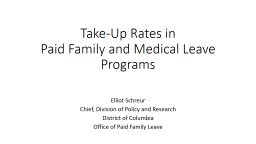PDF-Family and Medical Leave in Executive Summary Contract GSFK TO DOLF September
Author : luanne-stotts | Published Date : 2014-10-07
S Department of Labor 200 Constitution Ave NW Washington DC 20210 Submitted by Abt Associates Inc 55 Wheeler Street Cambridge MA 02138 acob Alex Klerman Kelly Daley
Presentation Embed Code
Download Presentation
Download Presentation The PPT/PDF document "Family and Medical Leave in Executive ..." is the property of its rightful owner. Permission is granted to download and print the materials on this website for personal, non-commercial use only, and to display it on your personal computer provided you do not modify the materials and that you retain all copyright notices contained in the materials. By downloading content from our website, you accept the terms of this agreement.
Family and Medical Leave in Executive Summary Contract GSFK TO DOLF September : Transcript
Download Rules Of Document
"Family and Medical Leave in Executive Summary Contract GSFK TO DOLF September "The content belongs to its owner. You may download and print it for personal use, without modification, and keep all copyright notices. By downloading, you agree to these terms.
Related Documents

